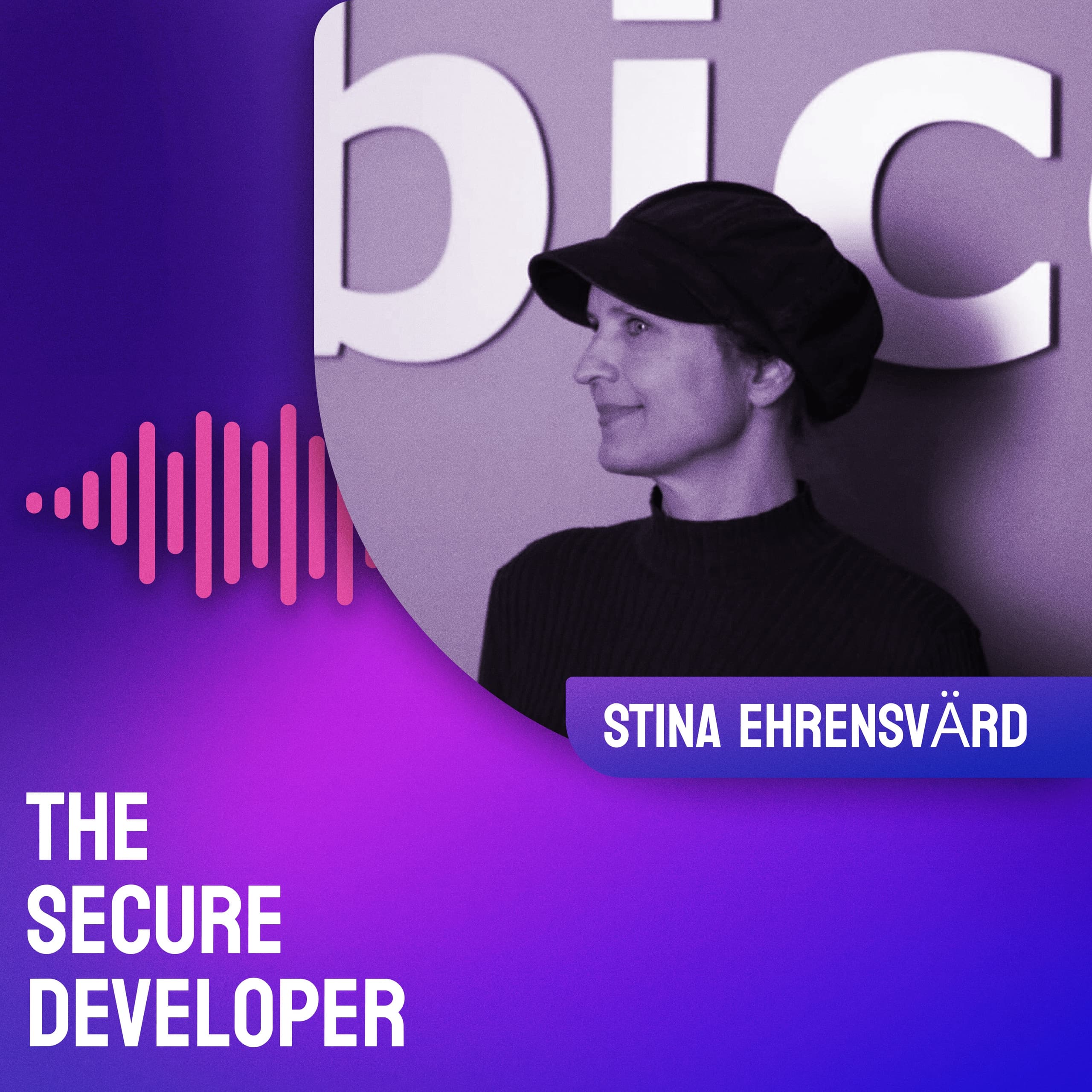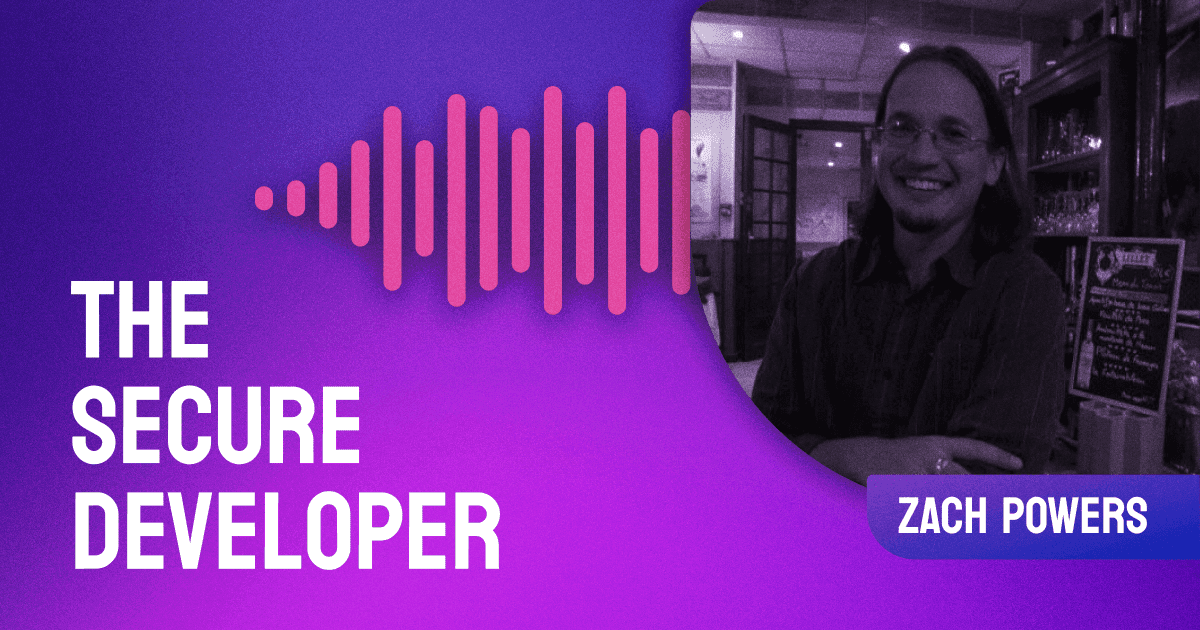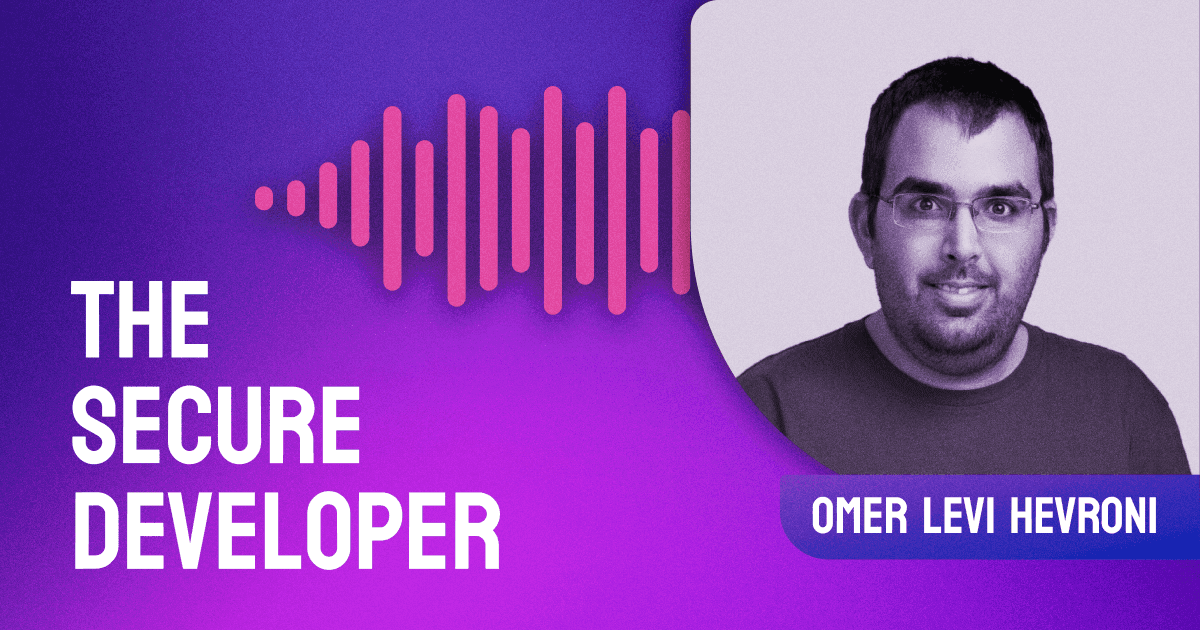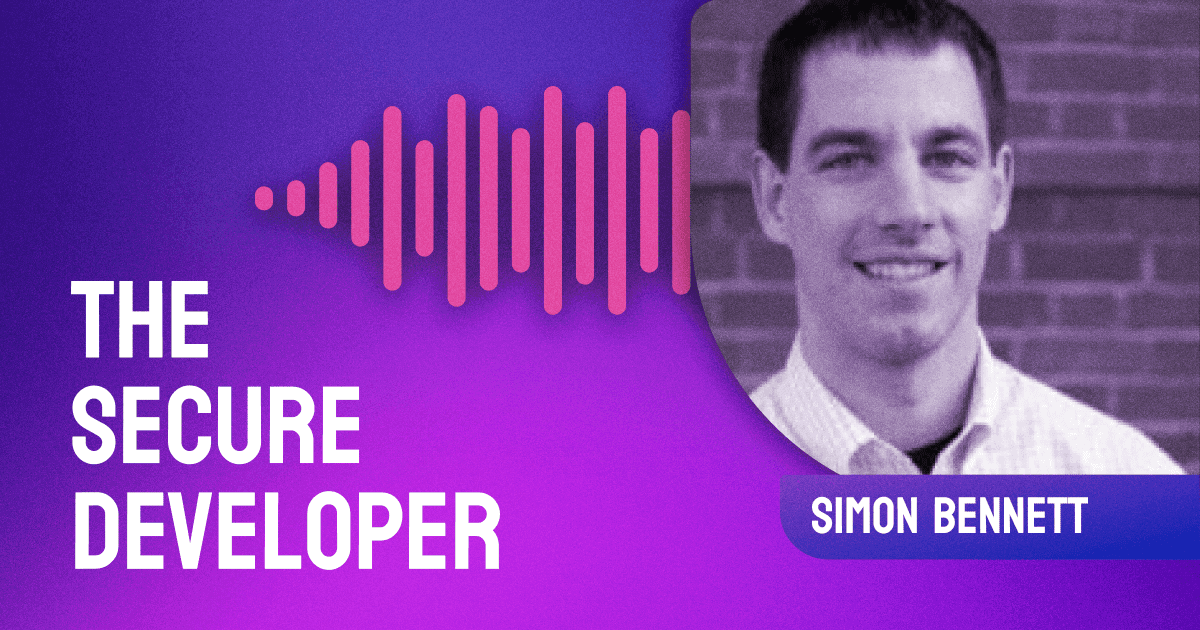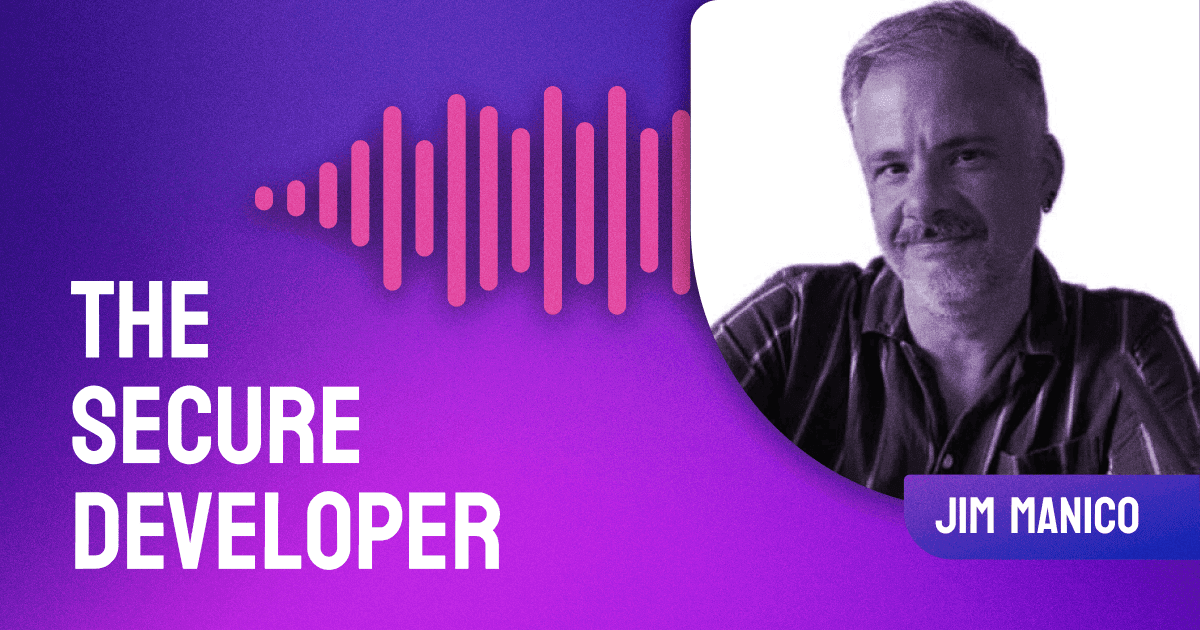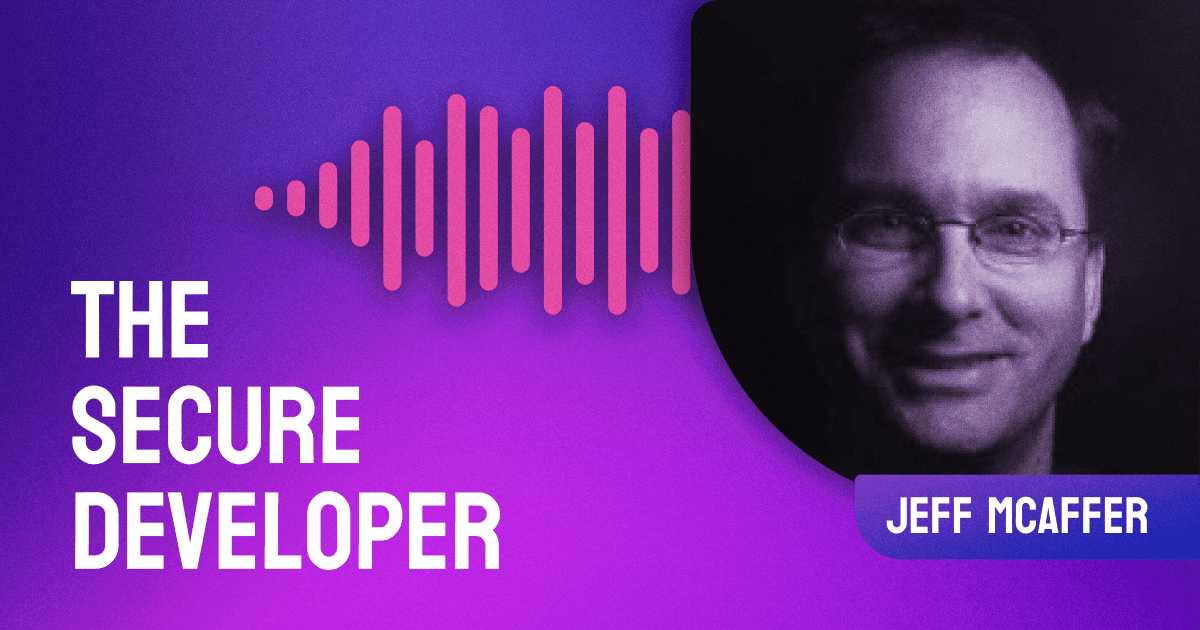In episode 22 of The Secure Developer, Guy meets with Stina Ehrensvärd, founder and CEO of Yubico, to explore how hardware solutions like YubiKey can be an effective approach to authentication and security.
The post Ep. #22, Authentication with Yubico’s Stina Ehrensvärd appeared first on Heavybit.
